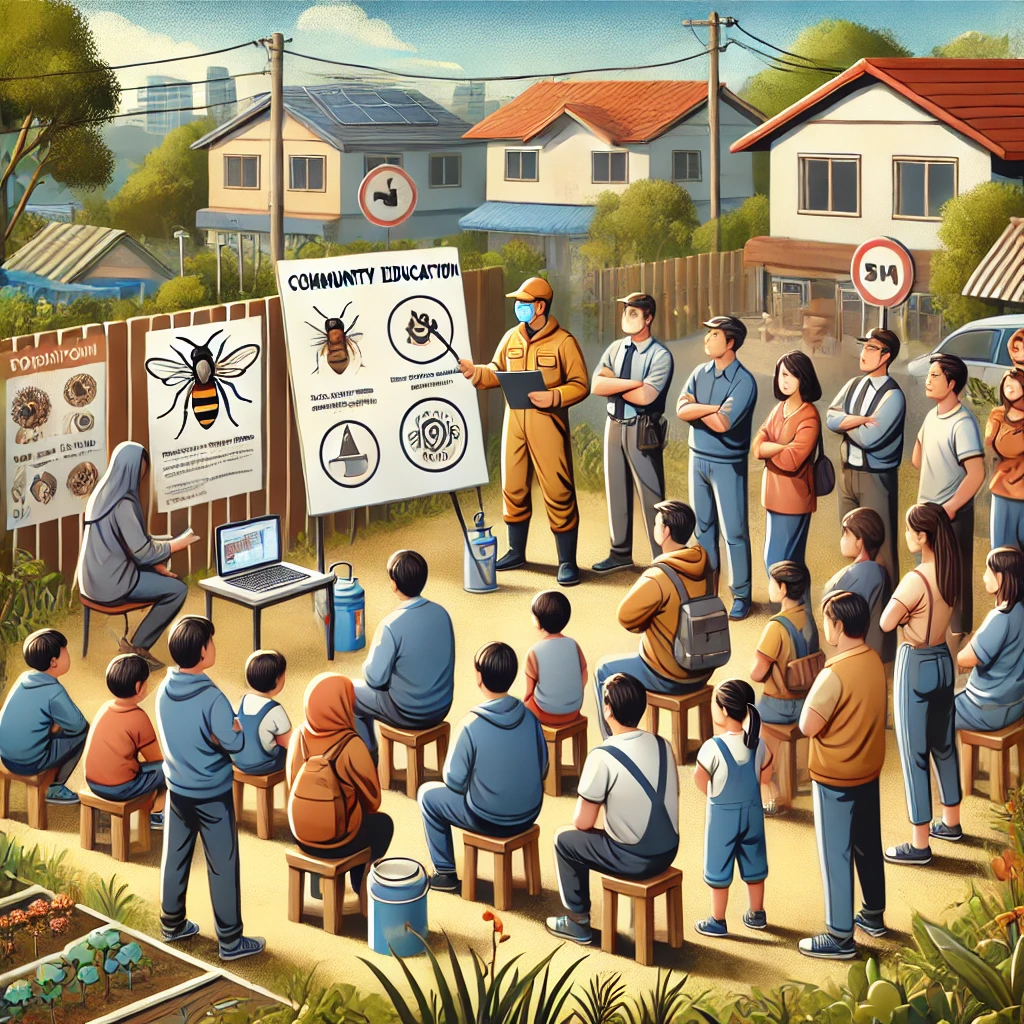
Introduction to Community Education in Pest Management
Community education plays a crucial role in effective pest management. By equipping individuals with knowledge and skills, communities can actively participate in pest control efforts. This proactive approach ensures that pest management strategies are more successful and sustainable. Education helps residents understand pest behavior, prevention techniques, and the importance of maintaining a clean environment.
Raising Awareness About Pest Problems
Raising awareness about common pest problems is the first step in effective community education. Informing residents about the types of pests prevalent in their area, their habits, and potential health risks helps individuals recognize problems early. Workshops, informational flyers, and online resources can provide valuable insights into pest identification and the signs of infestations, enabling residents to take timely action.
Promoting Preventive Measures
Community education emphasizes the importance of preventive measures to reduce pest problems. Teaching residents about proper sanitation, waste management, and home maintenance can significantly lower the risk of pest infestations. For example, sealing entry points, keeping food stored properly, and removing standing water are practical steps that individuals can take to minimize pest attraction. Regular training sessions and demonstrations can reinforce these practices and ensure they are effectively implemented.
Training on Safe and Effective Pest Control Methods
Education also involves training community members on safe and effective pest control methods. This includes the proper use of pesticides, understanding integrated pest management (IPM) techniques, and exploring non-chemical control options. By learning about these methods, residents can manage pest issues responsibly and reduce the reliance on harmful chemicals. Demonstrations and hands-on training can help individuals apply these techniques correctly and safely.
Encouraging Community Involvement and Reporting
Encouraging community involvement and reporting is a key aspect of effective pest management. Educated residents are more likely to report pest problems and collaborate with pest control professionals to address issues. Community programs can establish reporting systems, such as hotlines or online platforms, to facilitate the timely sharing of pest-related information. Engaging community members in monitoring and managing pest issues fosters a sense of collective responsibility and ensures a coordinated approach to pest control.
Evaluating the Impact of Education Initiatives
Evaluating the impact of community education initiatives is essential for continuous improvement. Surveys, feedback forms, and impact assessments can measure the effectiveness of educational programs and identify areas for enhancement. By analyzing results and making necessary adjustments, communities can refine their education strategies and achieve better pest management outcomes. This iterative process helps ensure that education efforts remain relevant and effective in addressing evolving pest challenges.
Conclusion
Community education is integral to effective pest management. By raising awareness, promoting preventive measures, training on safe control methods, encouraging involvement, and evaluating initiatives, communities can significantly improve their pest management practices. Educated residents are better equipped to handle pest problems, contributing to healthier and more resilient environments.

